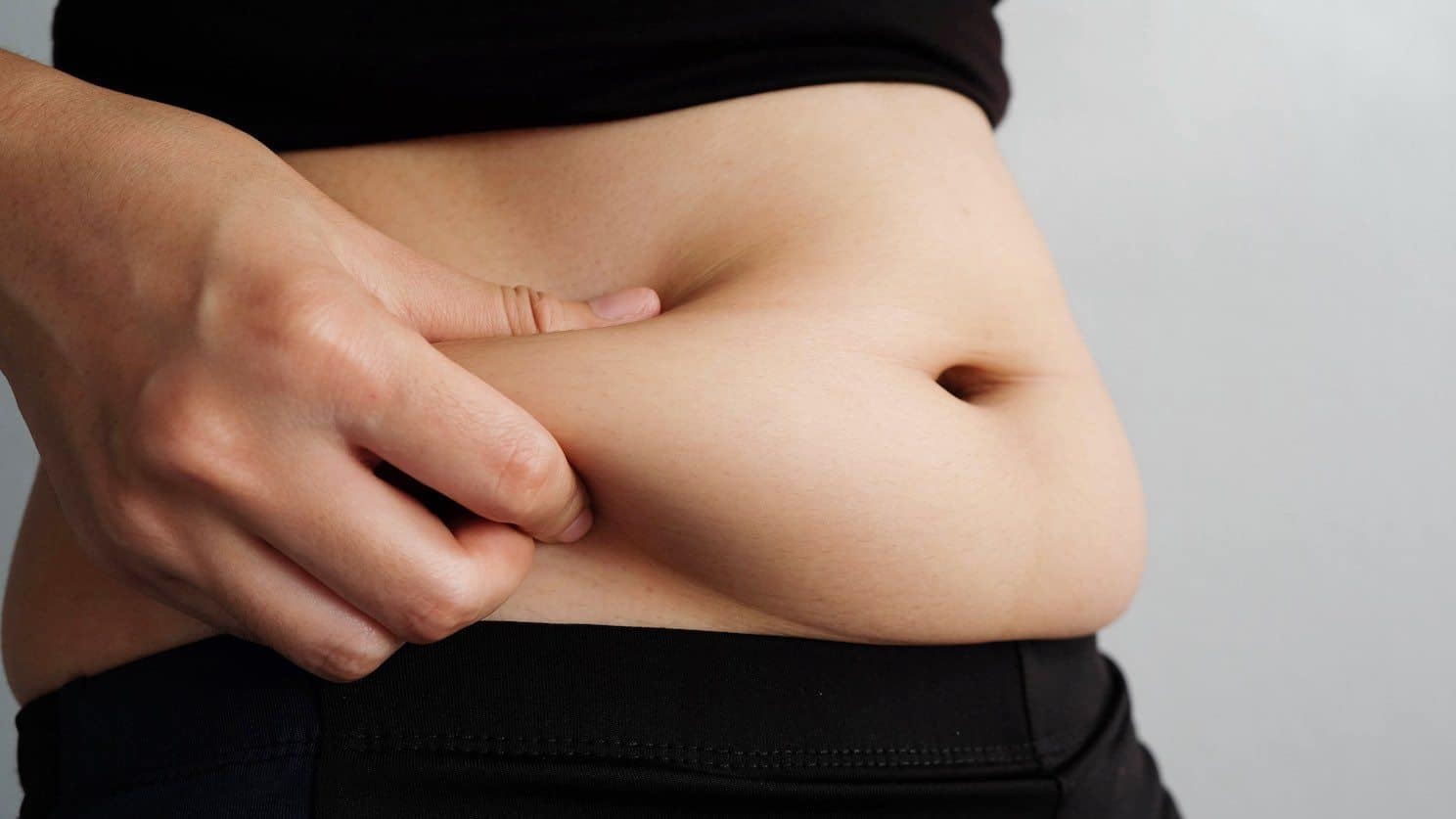Liposuction is one of the most popular cosmetic procedures in Australia and around the world. Much has been written about liposuction, but myths and misconceptions abound. As a result many people are misguided about what is possible with liposuction and what is not.
Here’s a list of things you should know about liposuction before you consider having it.
- Liposuction is a type of invasive surgery—it is ‘real’ surgery. Just because it may be performed under local anaesthesia, using very small incisions and often performed on an outpatient basis does not diminish the fact that it is just as serious any other type of invasive cosmetic surgery.
- Because it is surgery, liposuction has its own inherent risks. This is why you should choose an accredited surgeon who has an excellent reputation for liposuction. Liposuction often proceeds without incident in the hands of qualified and experienced surgeons. But that does not mean its risk free. No surgery is risk free, however skilled the surgeon.
- Choosing your surgeon wisely makes a huge difference to your safety. Unaccredited service providers without any medical training could put your life at risk, because, in inexperienced hands, liposuction could damage your internal organs.
- Liposuction is not a weight-loss method. Even though you might weigh a little less after a liposuction procedure, only limited amounts of fat can be removed at any one time. Liposuction is effective for contouring the body and removing fat from areas, which do not usually respond to diet or exercise. It is not for slimming.
- Liposuction only removes fat deposited in the superficial layers close to the skin. It can remove love handles, but intra-abdominal fat deposits in the deeper layers and around organs cannot be removed with liposuction. This is why you cannot “Get a Waist Like Kate (Middleton)” with just liposuction.
- Liposuction does not rid you of cellulite. In fact, it can sometimes make cellulite worse. However, in some cases liposuction and smoothing the affected area may result in making cellulite look less prominent. But there is no guarantee of this.
- After liposuction you may end up with loose or excess skin. Removing fatty tissue by liposuction does not result in your skin shrinking to fit the treated area. This is why, after liposuction, some people end up with loose skin. If you have a lot of excess skin, it may need to be removed surgically for better effect.
- Liposuction does not guarantee that the removed fat will stay off. If you continue to make unhealthy lifestyle choices—little exercise and consuming excess calories on a daily basis—the fat will return. It might pile up in areas that haven’t been treated, but if lifestyle changes aren’t successful, it will come back.
- Exercise matters. It is an effective way to keep fat deposits at bay after liposuction treatments.
- You cannot see the effects of liposuction immediately afterwards. Removal of fatty tissue causes trauma, and most people experience swelling and bruising in the treated areas. Bruising may subside after a week, but swelling can take up to six months to fully disappear.
The Costhetics article on liposuction provides you many more details about this surgical procedure.
